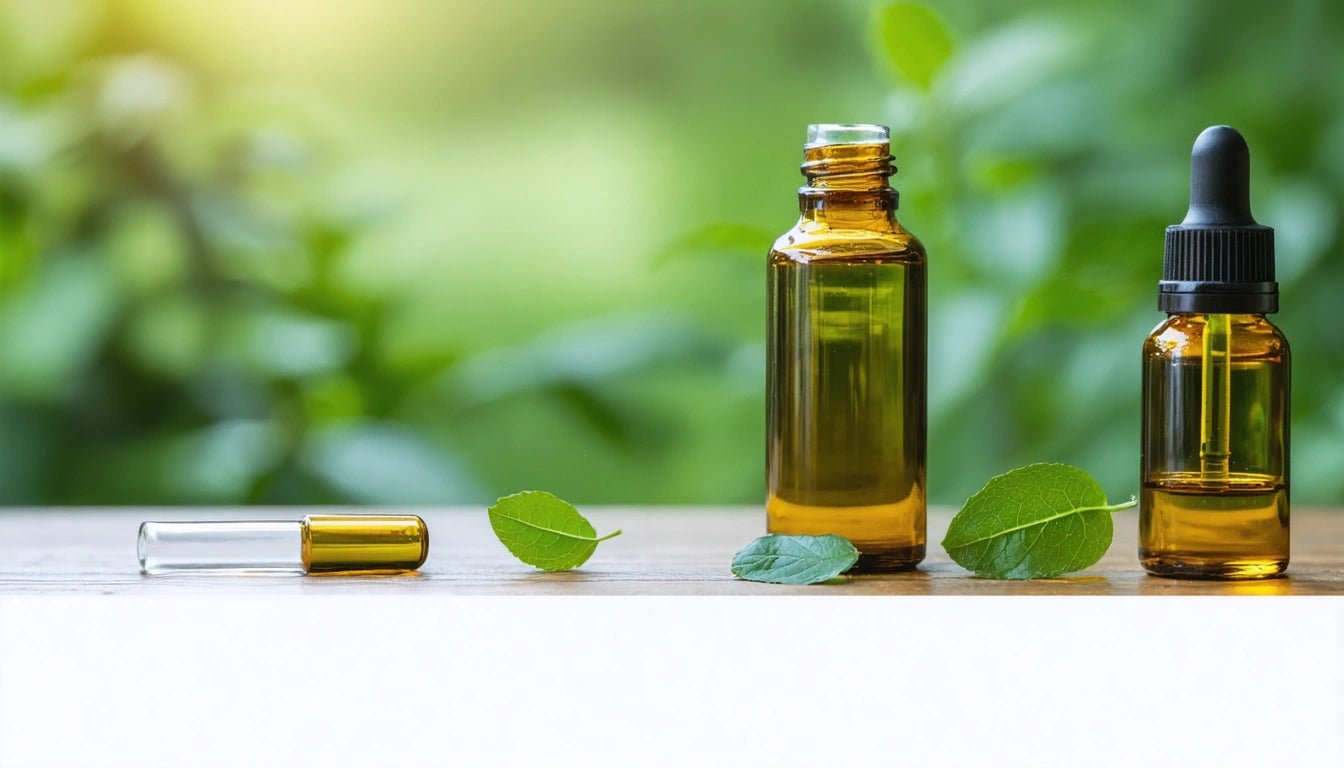Table of Contents
- Understanding Milliliters: Basic Measurement Concepts
- How Big is a 10ml Bottle: Dimensions and Uses
- How Big is a 100ml Bottle: Size Comparison and Ounce Conversion
- How Big is a 200ml Bottle: Practical Applications
- Size Comparison: Visual References for 10ml, 100ml, and 200ml
- Practical Applications: Industry-Specific Uses for Different Bottle Sizes
Understanding the Size of 10ml, 100ml, and 200ml Bottles: A Guide to Milliliters and Ounces
When selecting containers for products, understanding bottle sizes is essential for packaging, shipping, and consumer convenience. This comprehensive guide explores the dimensions and capacities of 10ml, 100ml, and 200ml bottles, providing clear comparisons and practical applications for these common sizes.
Understanding Milliliters: Basic Measurement Concepts
Before diving into specific bottle sizes, it's important to understand what a milliliter represents. A milliliter (ml) is a metric unit of volume equal to one-thousandth of a liter. For reference, 1 milliliter of water weighs approximately 1 gram and occupies 1 cubic centimeter of space.
For those more familiar with the imperial system, conversion between milliliters and fluid ounces is often necessary:
- 1 fluid ounce (fl oz) = approximately 29.57 milliliters
- 100 milliliters = approximately 3.38 fluid ounces
This relationship is crucial when answering questions like "how many oz is 100ml" in practical applications.
How Big is a 10ml Bottle: Dimensions and Uses
A 10ml bottle is quite small, typically used for concentrated products. To visualize how big a 10ml bottle is, consider these approximate dimensions:
- Height: 2-3 inches (5-7.5 cm)
- Diameter: 0.5-0.75 inches (1.3-1.9 cm)
- Volume equivalent: Approximately 0.34 fluid ounces
10ml bottles are commonly used for essential oils, perfume samples, and concentrated flavorings. In the cannabis industry, these small containers are perfect for tinctures and concentrated extracts where only small amounts are needed per use.
For comparison, a standard eye dropper typically dispenses about 0.05ml per drop, meaning a 10ml bottle contains approximately 200 drops of liquid.
How Big is a 100ml Bottle: Size Comparison and Ounce Conversion
When asking "how big is a 100ml bottle," it's helpful to understand both its physical dimensions and volume capacity. A typical 100ml bottle has the following approximate measurements:
- Height: 3-5 inches (7.5-12.5 cm)
- Diameter: 1-2 inches (2.5-5 cm)
- Volume equivalent: 3.38 fluid ounces
100ml bottles are particularly notable as they represent the maximum liquid container size allowed in carry-on luggage for air travel. They're commonly used for personal care products like shampoo, body wash, and lotions in travel sizes.
For those wondering "how many oz is 100ml" specifically, the answer is approximately 3.38 fluid ounces. This conversion is important for compliance with TSA regulations, which limit liquids to containers of 3.4 ounces (100ml) or less.
How Big is a 200ml Bottle: Practical Applications
A 200ml bottle is twice the size of a 100ml container, with these typical dimensions:
- Height: 5-7 inches (12.5-18 cm)
- Diameter: 1.5-2.5 inches (3.8-6.4 cm)
- Volume equivalent: Approximately 6.76 fluid ounces
As detailed in this guide to 200ml capacities, these bottles often serve as mini or half-size versions of standard products. They're popular for beverages, cooking oils, and personal care items where a moderate amount of product is desired.
In the spirits industry, 200ml bottles (sometimes called "half pints") are a common size for sample or travel portions. They contain approximately 6.8 ounces, or about 4 standard 1.5-ounce shots.
Size Comparison: Visual References for 10ml, 100ml, and 200ml
To better understand the relative sizes:
- A 10ml bottle is roughly the size of your thumb
- A 100ml bottle is approximately the size of a small travel shampoo
- A 200ml bottle is comparable to a standard hotel shampoo bottle
In terms of everyday objects, a 10ml bottle holds about 2 teaspoons of liquid, a 100ml bottle contains approximately 7 tablespoons, and a 200ml bottle holds about 13.5 tablespoons or slightly less than a cup of liquid.
For those in the cannabis packaging industry, these size comparisons are particularly relevant when selecting containers for various products. As noted by packaging specialists in the pre-roll market, understanding container dimensions helps ensure products are properly stored and presented to consumers.
Practical Applications: Industry-Specific Uses for Different Bottle Sizes
Different industries utilize these bottle sizes for specific purposes:
Cosmetics and Personal Care
10ml bottles are ideal for perfume samples and essential oils, while 100ml bottles are standard for travel-sized products. 200ml bottles often serve as standard sizes for body lotions and shower gels.
According to this guide on perfume bottle sizes, the container size significantly impacts both product preservation and consumer usage patterns.
Beverage Industry
While 10ml bottles are used for flavor additives and extracts, 100ml bottles often serve as sample sizes for premium spirits. 200ml bottles are common for single-serving or travel-sized alcoholic beverages.
Cannabis and Hemp Products
In the cannabis industry, 10ml bottles are frequently used for concentrated tinctures and oils, 100ml bottles for topicals and larger tincture quantities, and 200ml bottles for infused beverages or bulk oils.
Understanding bottle sizes is crucial for compliance with industry-specific regulations that often dictate maximum container sizes and required labeling based on volume.
For those working with smaller quantities, this guide to small volume containers provides additional insights into 5ml and 8ml options that might be suitable for highly concentrated products.
Future Packaging Trends: Evolution of Bottle Sizing and Design
As consumer preferences and regulatory requirements continue to evolve, bottle sizing is adapting accordingly. Sustainability concerns are driving the development of concentrated formulas in smaller containers, while the growing e-commerce market is influencing packaging to optimize for shipping dimensions rather than shelf presence.
Understanding standard sizes like 10ml, 100ml, and 200ml bottles provides a foundation for navigating these changes. Whether you're selecting packaging for a new product line, preparing for international shipping, or simply trying to visualize how big a 100ml bottle is compared to other options, these measurements offer practical reference points for making informed decisions.



















